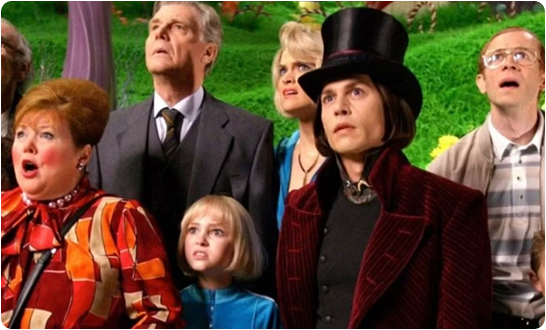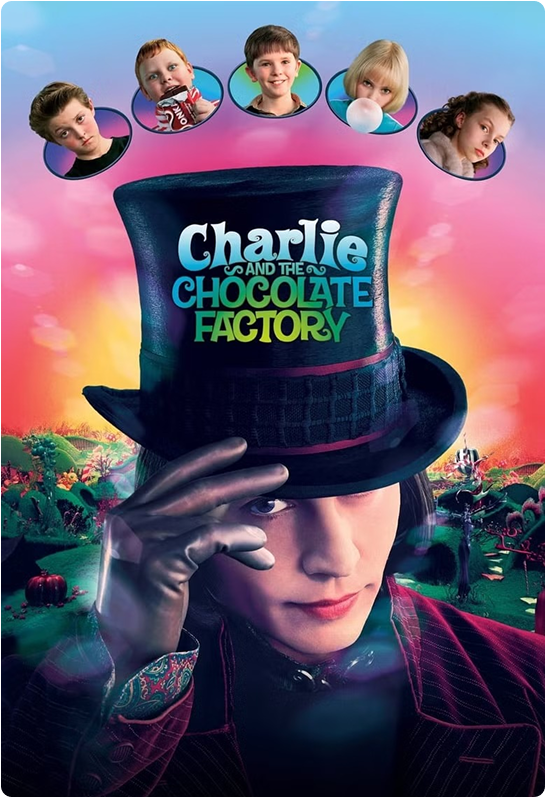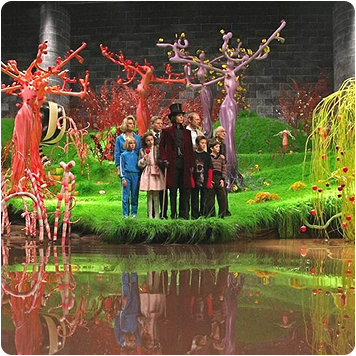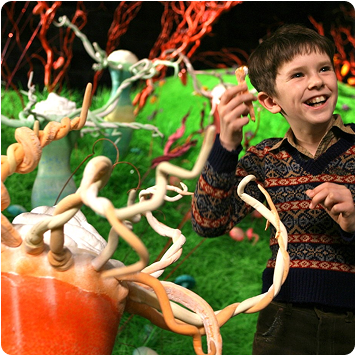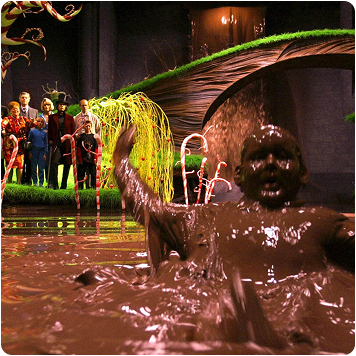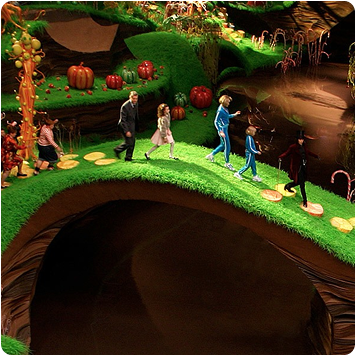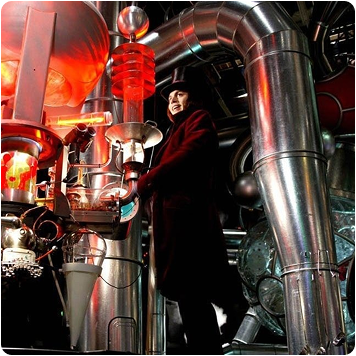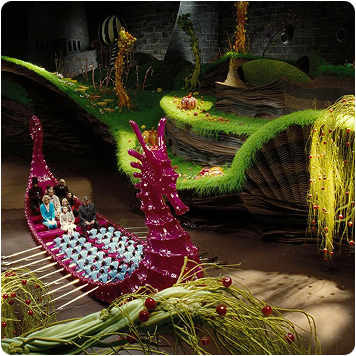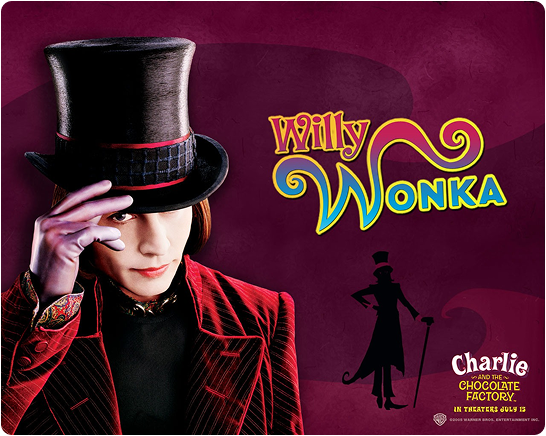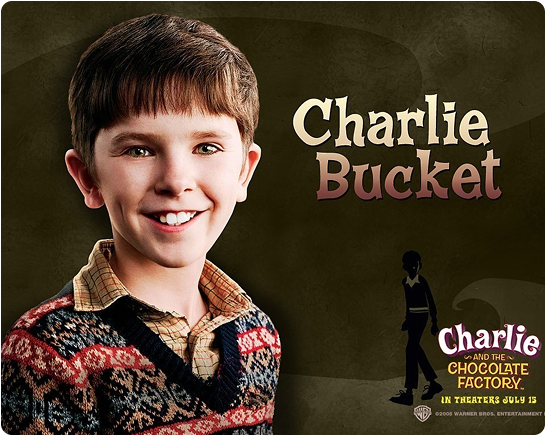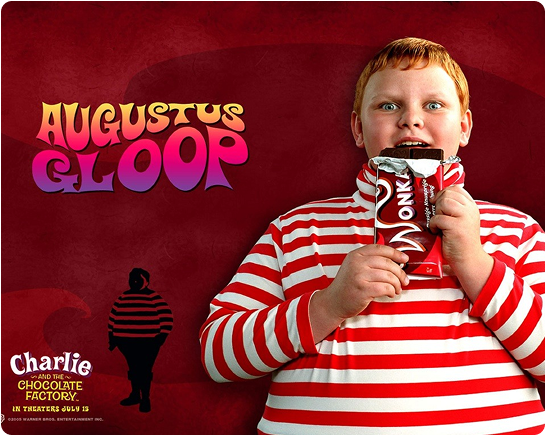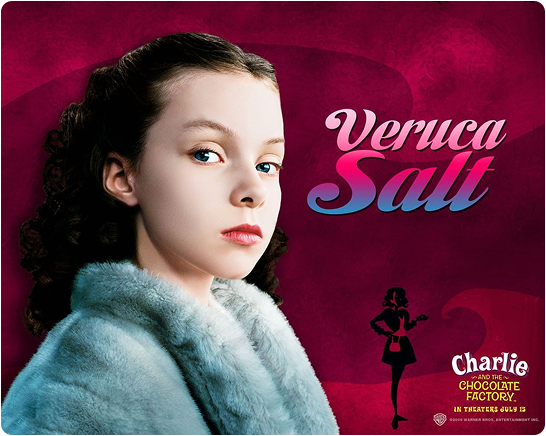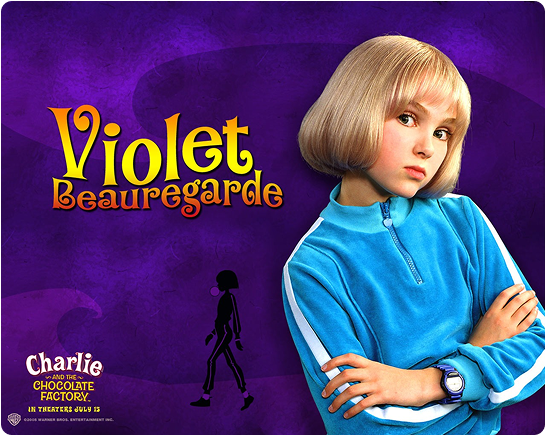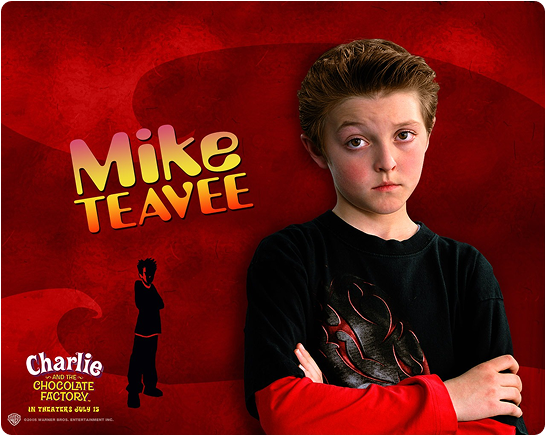About The Film
Charlie and the Chocolate Factory invites viewers into a candy-coated wonderland where every color and shape serves a greater purpose. The golden hues, the playful lighting, and the whimsical decorations are not just elements of set design but key players in the film's storytelling. The candy-colored decor and the symbolic role of sweets echo themes of indulgence, innocence, and temptation. Discover how Burton's unique vision uses visual aesthetics to tell a deeper story and why the sweet, fantastical visuals keep us coming back for more.
